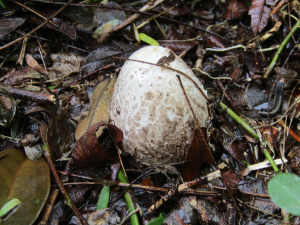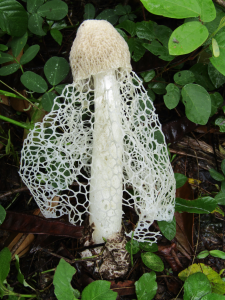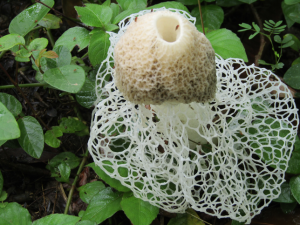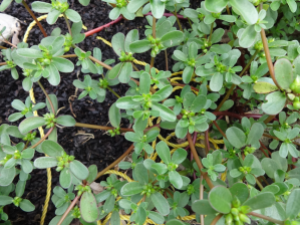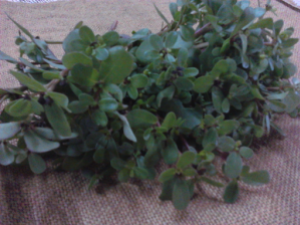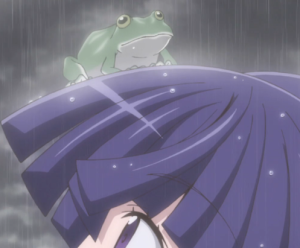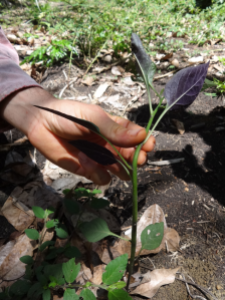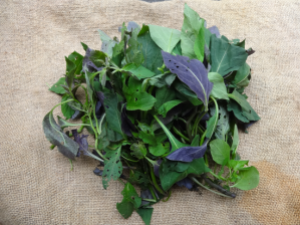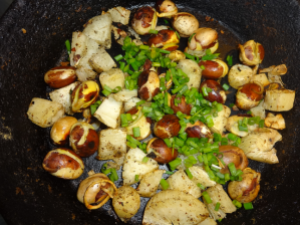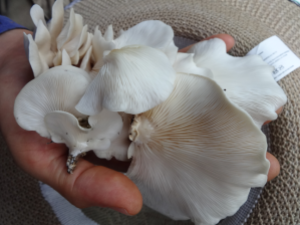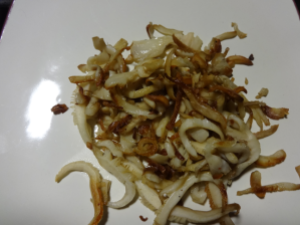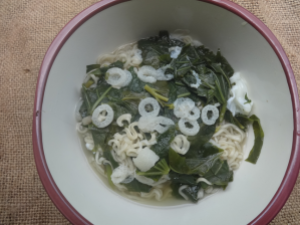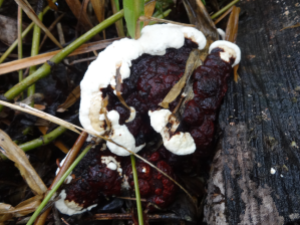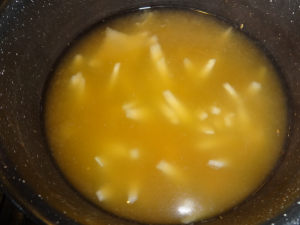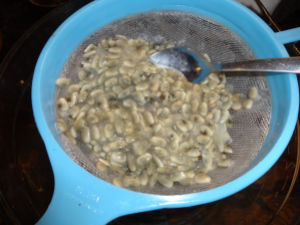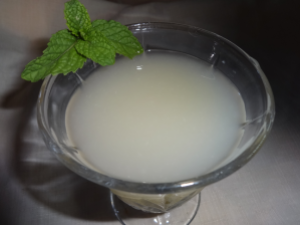
Hello!! If you follow the adventures of Munchkin and Gnome, you will know that we are keen foragers and planters. We also like to cook food in unusual and interesting ways…Munchkin Magic or Cookery Sans Fontiers. Firstly, let’s tell you how we found our sorghum seeds. We were driving on the Highway out of Belize City and Gnome all of a sudden screeched to a halt. Luckily, there were no cars about. He quickly ran out of the car and jumped up and down with glee when he found this growing by the side of the road:

We took the seeds and planted them:

Sorghum is generally considered an animal feed in Belize and in most other countries. It is however seen as a human staple in some parts of Africa and India. It has a protein content of 11% (corn has 9%) with B Vitamins, Niacin, B6 and manganese.

Anyway, Gnome charged me with the cooking of these grains. He basically said:
“Do something tasty with this, my dear…”

So I did. And WE LOVE SORGHUM!! It’s tasty, yummy, versatile, has a nutty flavour and can be eaten in lots of different ways. It tastes a bit like risotto but with more bite to it. Here is a picture gallery of some of our sorghum meals; recipes will come later. Ooooh….we are so pleased with this great foraging find which has allowed us to experience such a delicious food. Ahhhh….we feel blessed with our farm.




Yes, we are eating sorghum everyday and not getting bored with it!

